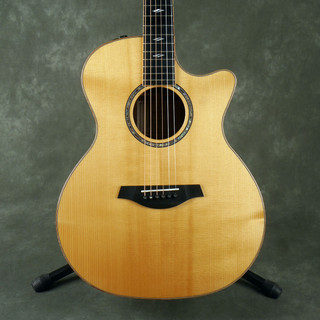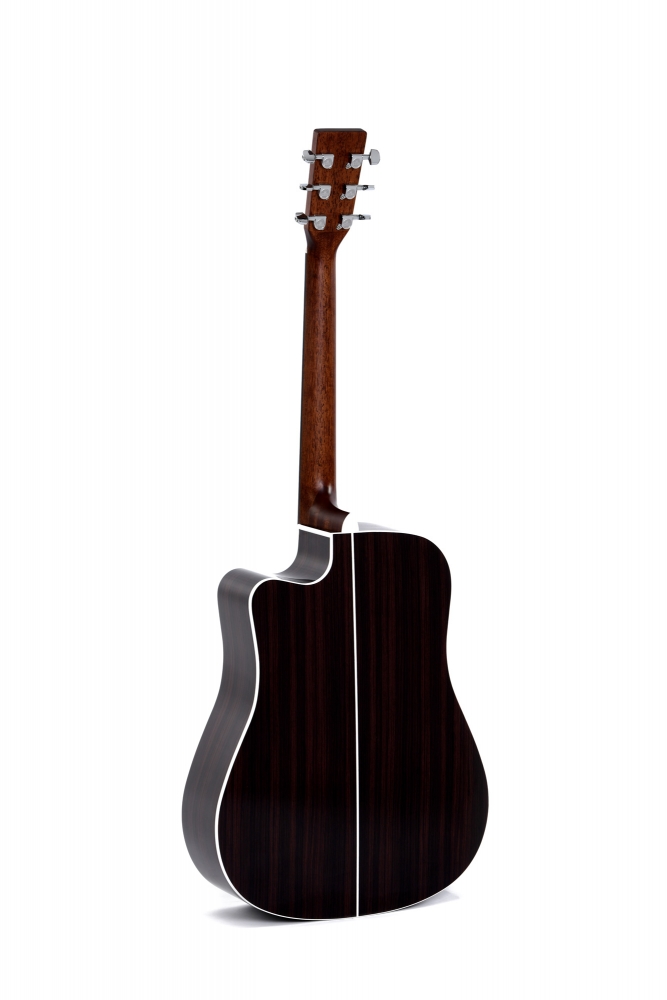

The "First Generation" DM-5 and DR-7 (laminate wood bodies and tops,) as well as other early models (e.g., the GCS-7/CS-7) remained in production during this time as well. They are called 'Second Generation' Sigma's by C.F. In 1978, model designations were added to capitalize on Martin model numbers: the DM-18, DM-19, DR-28, DR-28H, DR-35, DR-41, and DR-45.

Ĭonstruction moved from Japan from 1970 to 1983, to Korea from 1984 to 1994, to Taiwan in 1994 (made in both Korea and Taiwan for the 1994 model year) and finally Indonesia (?–2007).
#Sigma guitar serial number checker serial numbers#
Though other models were produced the most common two throughout the '70's were the Dreadnought models DM-5 (DM12-5) and DR-7 (DR12-7.) D for dreadnought, R for rosewood, M for mahogany and the number denoting the grade of wood, 5, 7, 9, 11, 15. While it was long believed that the serial numbers of Sigma instruments were of little use in dating the instruments (except on the DR-28N and DR-35N, which were assembled and finished in Nazareth in 1981/’82 using Japanese-made parts and marked Made in USA), today there is a basic understanding of how they work, based in part on the.
#Sigma guitar serial number checker series#
The first Sigmas were typically dreadnought acoustic, although Grand Concert Series (GCS) and classical models were also produced from the early 1970s (1971?) onward.

Sigma released a wide series of acoustic and classical guitars, which initial construction was in Japan by various manufacturers/factories from 1970 through 1983. 12-String 6-String 7-String Cutaway Lefthand Neck Shape modified V Slope Shoulder. Martin created the brand "Sigma" in order to compete with cheaper guitars that were imported from Asia. 00 / Parlor 000 / OM / Auditorium Classic Guitar D Shortscale Dreadnought G Shortscale Grand Jumbo Grand OM Jumbo Travel Guitar.


 0 kommentar(er)
0 kommentar(er)
